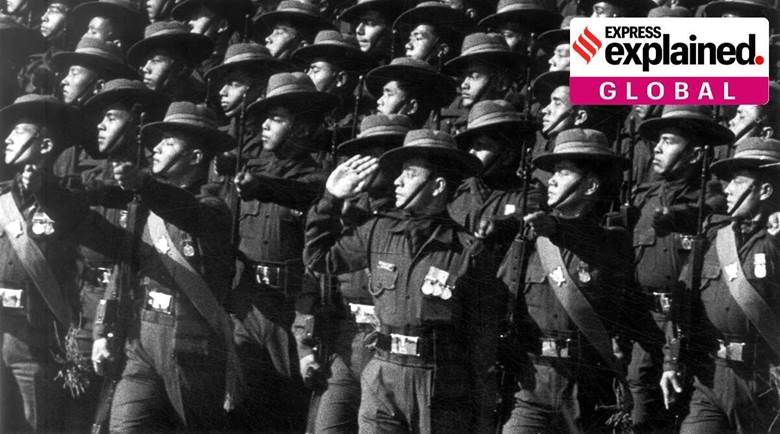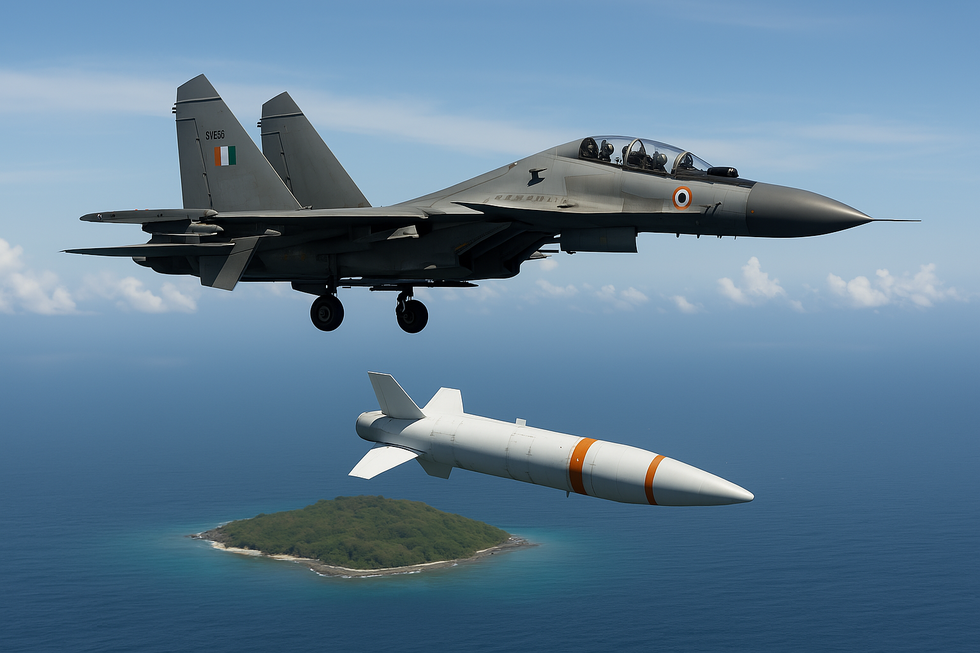Description

Copyright infringement is not intended
Context: Nepal has postponed the recruitment rallies which were to be held in that country to recruit Gorkha soldiers for the Indian Army under the Agnipath scheme.
Details:
- The decision to postpone these rallies has been taken by the Nepalese government as it is of the opinion that this new form of entry into the Indian military is not covered under the Tripartite Agreement signed between Nepal, Indian and UK governments in 1947, soon after Indian independence.
- According to reports from Nepal, the government feels that the Agnipath scheme must be approved by it and for that political consultations with all parties in Nepal must take
- Soon after Indian Independence on August 15, 1947, an agreement was reached by the governments of India, Nepal and the UK regarding the future of the Gorkha soldiers who were serving in the Indian Army.
- As per the terms of this agreement four regiments of Gorkha soldiers – 2nd, 6th, 7thand 10th – were transferred to the British Army while the rest – 1st, 3rd, 4th, 5th, 8th and 9th – remained with the Indian Army.
- A new Gorkha Regiment, the 11thGorkha Rifles, was raised by India soon after Independence. The agreement also provides for the terms and conditions of the Nepal-domiciled Gorkha soldiers in the Indian Army and for their post-retirement benefits and pensions.
- An interesting historical aspect of Gorkha troops is that Pakistan, at the time of Independence, and China, soon after the 1962 war, had also requested Nepal for Gorkha soldiers in their respective armies, a request which was turned down by the Nepal government.
- The largest body of Gorkha troops serves in the Indian Army while in the UK their presence has been reduced from four regiments to just two – 1 Royal Gurkha Rifles and 2 Royal Gurkha Rifles (British Army uses the term ‘Gurkha’ while the Indian Army uses ‘Gorkha’).
- As per the definition of the 1949 Geneva Convention, which gives the officially agreed definition of a mercenary, soldiers serving in sovereign armies are not considered mercenaries, and Gorkha soldiers cannot be called mercenaries.
- In addition, Gorkha soldiers from Nepal serve side-by-side with Gorkha soldiers who are born and brought up in India.
- There have been attempts to reduce the dependence on Nepal for the Gorkha soldiers in the Indian Army, and to this effect, the composition has increasingly been attempted to be balanced between Indian and Nepal-domiciled troops.
- Also, a pure Indian Gorkha battalion was raised in 2016.
- A major economic and social impact is felt in Nepal due to the Nepal-domiciled Gorkha soldiers serving in the Indian Army and much of it has to do with the remittances that they send home.

Who are Gorkhas?
- Gorkhas (or Gurkhas) are Nepali-origin people who take their name from the 8th-century Hindu warrior-saint Guru Gorakhnath and from the Nepal hill town of Gorkha.
- In India, the word is sometimes used to make a distinction between Indian Gorkhas, who are citizens of India, and Nepali citizens who are living in India.
- Indian Gorkhas are descendants of Gorkhas settled in India during British rule. The British Army had raised several Gorkha units in India.
- The first large flush of Nepali-speaking persons came in the form of soldiers in the Gorkha Corps when the British annexed Assam in 1826.
https://indianexpress.com/article/explained/explained-global/explained-nepal-agnipath-scheme-8113627/
















